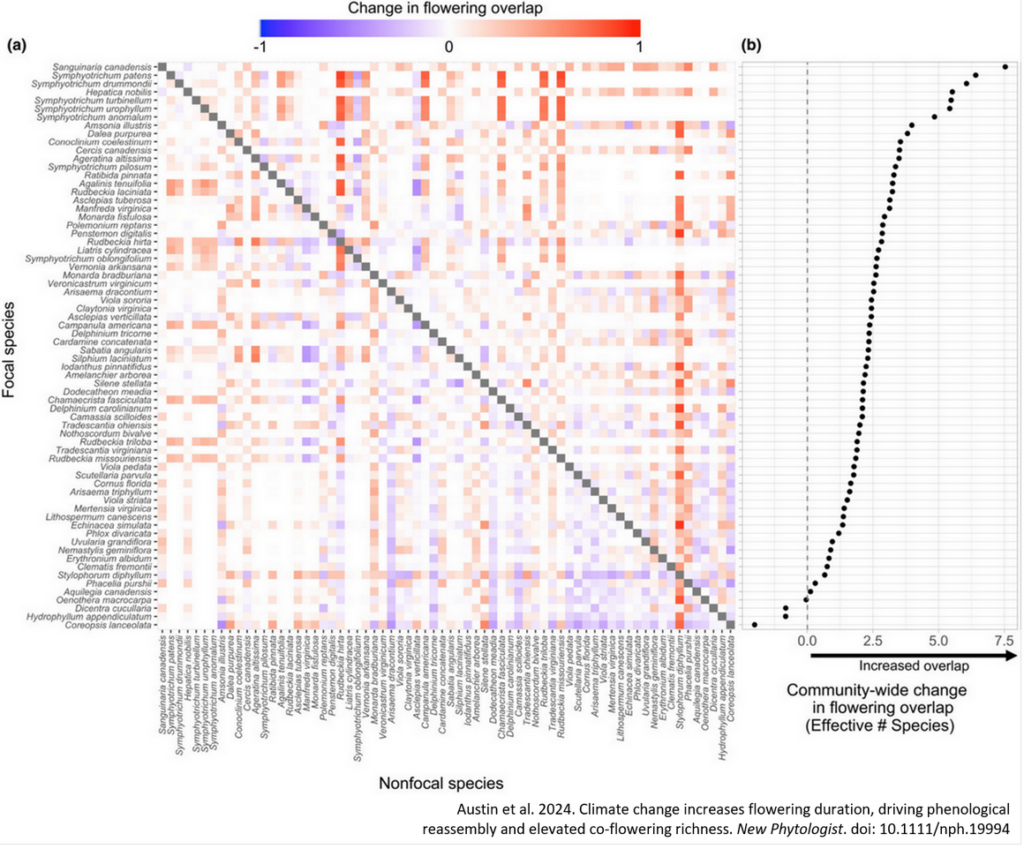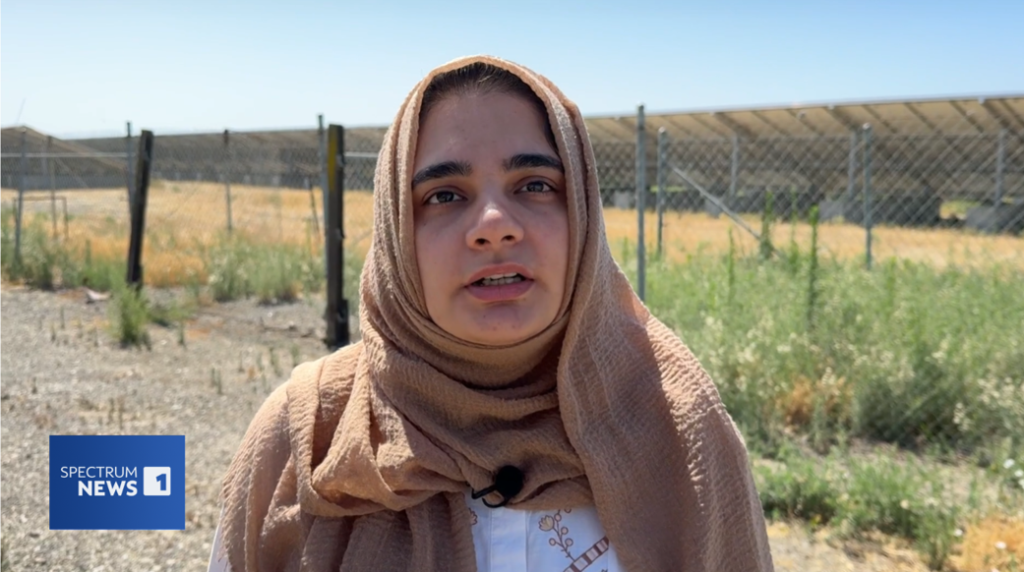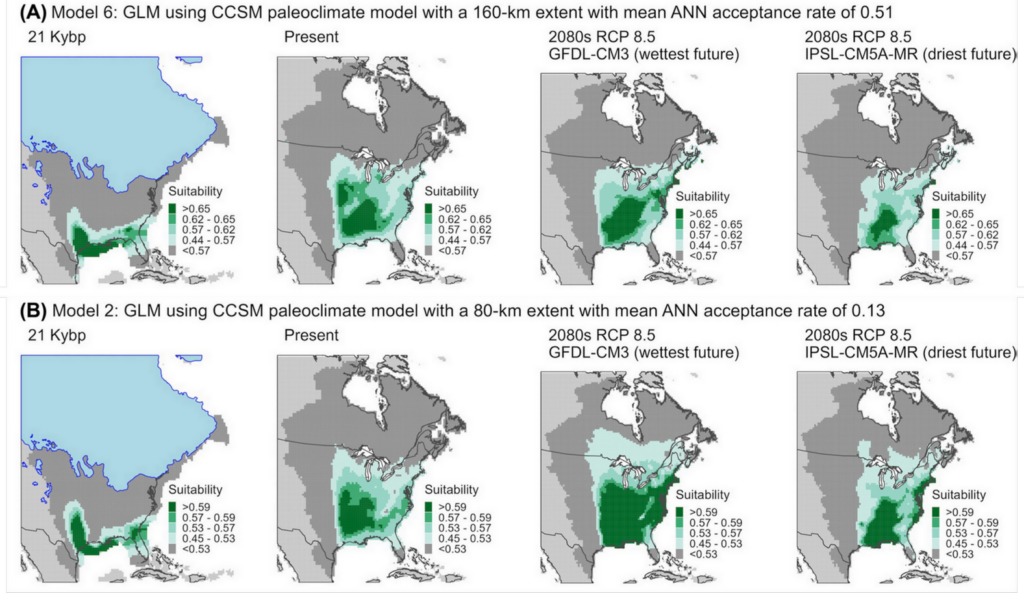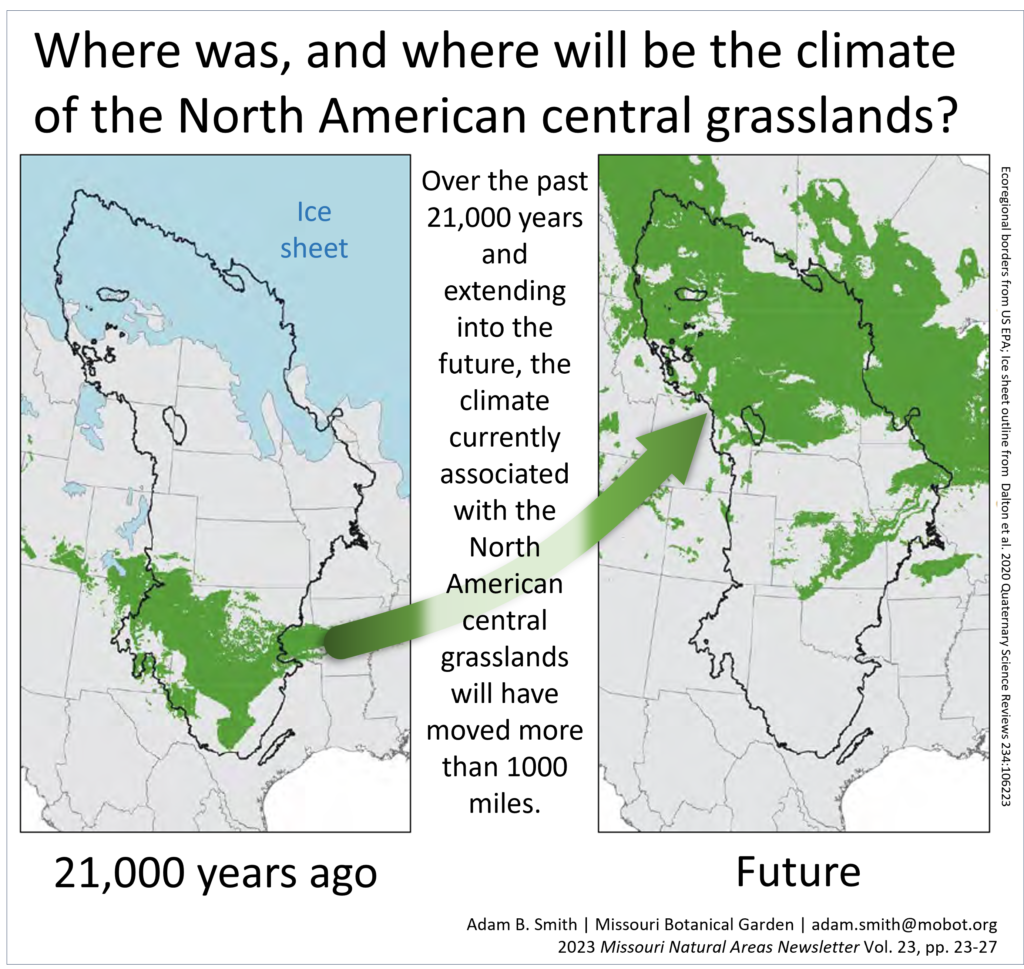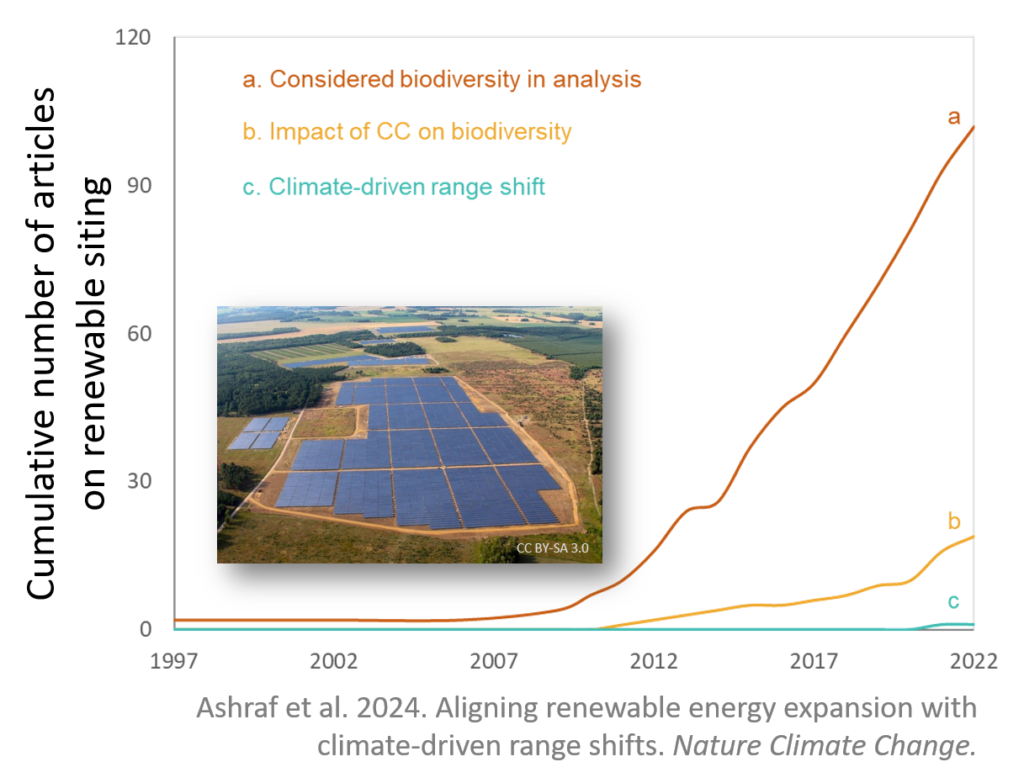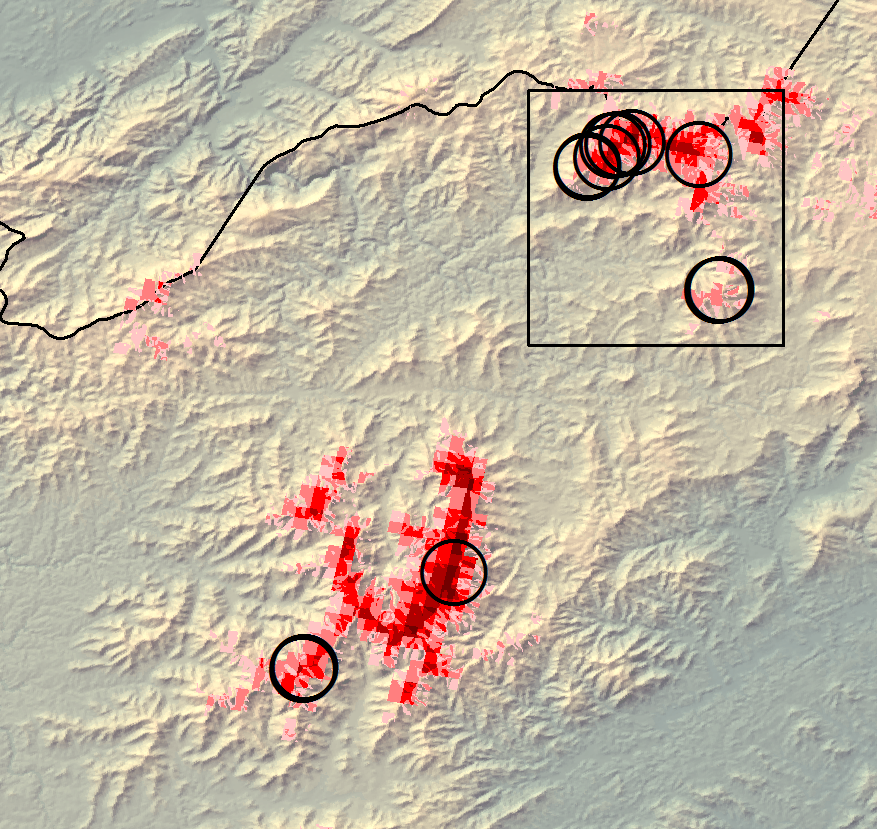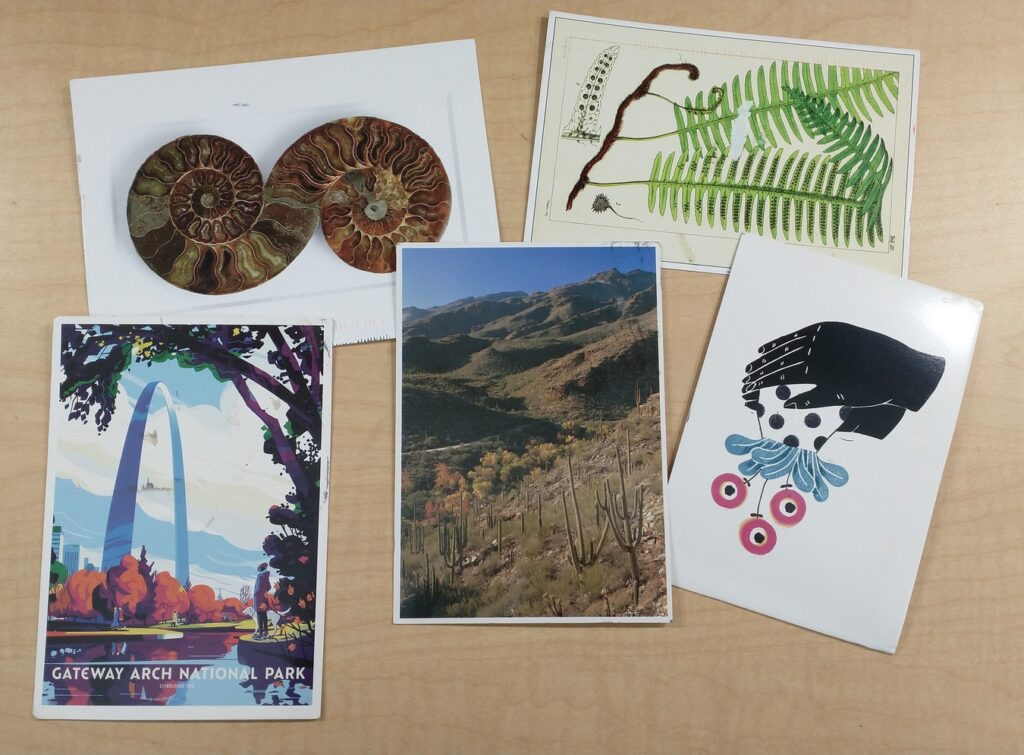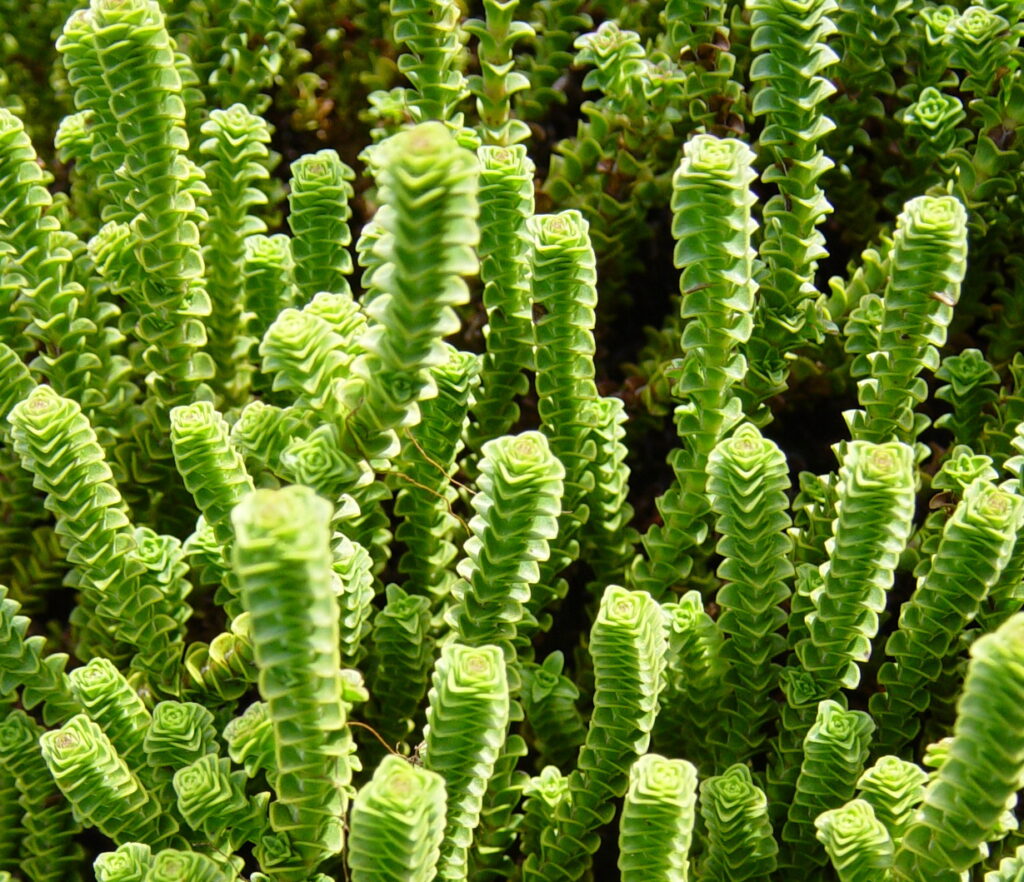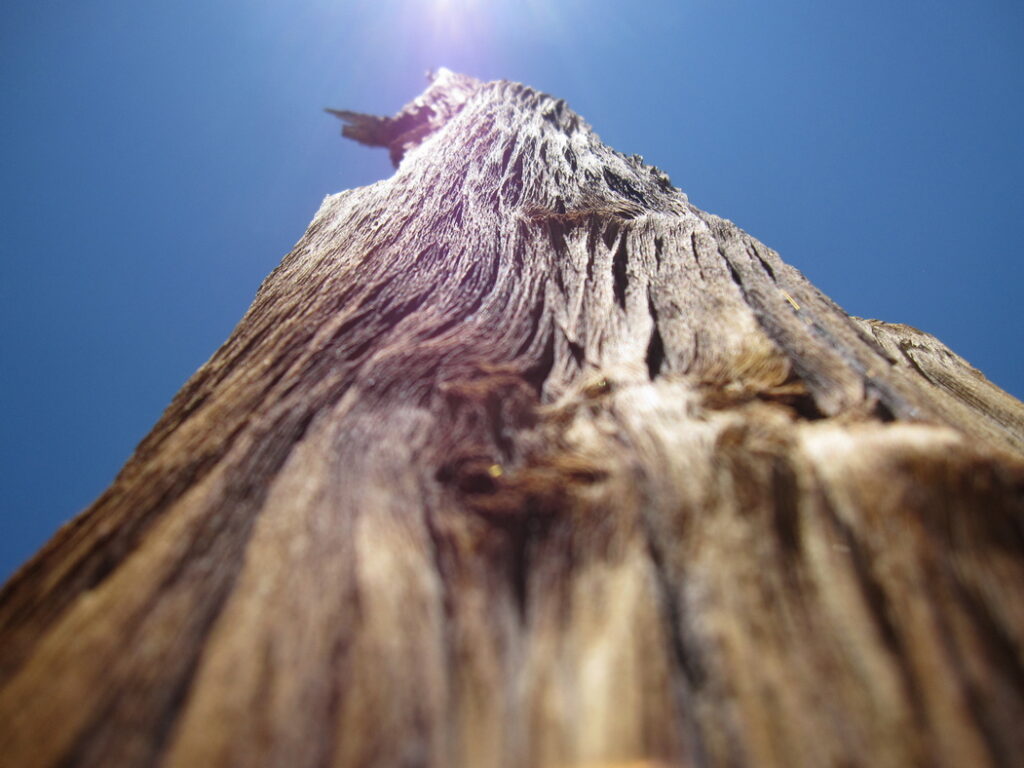In a remarkable study, Matt Austin, a former postdoc in the Global Change & Conservation Lab (and now the Missouri Botanical Garden’s first Biodiversity Data Curator!) “collaborated” with Edgar Anderson who, 80 yr ago, surveyed prairies and woodlands outside of Saint Louis, Missouri. Matt found that climate change has phenologically reassembled the plant community in …
Continue reading 70 years of climate change induces phenological reassembly and increases overlap of flowering time
Category:Uncategorized
Dr. Uzma’s TV interview on conflicts between renewable energy and conservation
Dr. Uzma Ashraf, a postdoctoral scholar working with Adam and Dr. Toni Lyn Morelli and based in Dr. Rebecca Hernandez’s lab at UC Davis, was featured in a special story by Spectrum News 1 of California about conflicts between renewable energy and conservation. Way to go, Dr. Uzma! Aligning renewable energy expansion with climate-driven range …
Continue reading Dr. Uzma’s TV interview on conflicts between renewable energy and conservation
Using AI to reconstruct species’ histories and share knowledge of them
Mathew Austin* and Adam Smith, both Garden researchers, were recently interviewed by the St. Louis Post-Dispatch for an article on how the Missouri Botanical Garden is using AI to recover species’ biogeographic histories since the last Ice Age and to help organize our collections and make them available to the rest of the world! * …
Continue reading Using AI to reconstruct species’ histories and share knowledge of them
Using 21,000 years of history to predict the next 100
The first time I heard the term “conservation biogeography”, I was with a group of people who all laughed at the seemingly term quizzical term. But, in this latest publication, we show that we can use reconstructions of a species’ range and genetic composition across the past 21,000 years to identify the best model of …
Continue reading Using 21,000 years of history to predict the next 100
CPC’s Applied Plant Conservation Course goes live!
The Center for Plant Conservation, a mainstay for the protection of rare plants in the US, just launched their free(!) online Applied Plant Conservation Course. We were happy to be part of this (specifically, the SDM lessons), along with colleague Matthew Albrecht (rare plant reintroduction)!
Where will Midwestern ecosystems be in the year 2500?
Recently Adam was asked to pen a thought-piece for the Missouri Natural Area Newsletter about climate change in the Midwest. In 5-1/2 easy pages, it covers: emissions scenarios, the last glacial maximum, the year 2500, and how we need an adaptive resist-adapt-direct (RAD) framework for dealing with it. Where will Midwest ecosystems be in 2500? …
Continue reading Where will Midwestern ecosystems be in the year 2500?
Renewable energy versus(?) biodiversity
Renewable energy might save the world, but we need to be sure it doesn’t destroy it along the way. . . Unless located and designed wisely, solar and wind installations could actually harm species as they shift in response to climate change. Owing to their large size, large-scale renewable energy plants have an outsized impact …
Continue reading Renewable energy versus(?) biodiversity
Join us in a study of SDM methodology!
We invite you to be part of a worldwide study about structural uncertainty in species distribution models (SDMs)! Specifically, we are interested in how choices along the modeling workflow affect final outcomes of models. While differences in algorithms, spatial extents, etc., have been widely explored, we are interested in the cumulative effect of choices and …
Continue reading Join us in a study of SDM methodology!
Thank you, Postcard Underground!
Having chosen the path of a scientist who studies climate change so that I could do things with my life to make this world a better place, I never expected to be criticized for being a liar, greedy person, or dupe. Support like this helps. Thank you, Postcard Underground. You know who you are 😉
Integrating occurrences, pollen, and DNA to reconstruct species’ biogeographic histories
To date, most reconstructions of species’ biogeographic histories have relied on a single data source, such as occurrence data analyzed using species distribution models, fossil pollen analyzed using pollen-vegetation models, or genetics analyzed using scenario-based modeling. “Integration” between them has largely been “by eye.” We present a statistically integrated model based on approximate Bayesian computation …
Continue reading Integrating occurrences, pollen, and DNA to reconstruct species’ biogeographic histories
Paid summer research on the effect of climate change on plant reproduction and physiology at the Missouri Botanical Garden
Drs. Matt Austin and Adam Smith are excited to recruit a participant for the summer 2024 session of Missouri Botanical Garden’s Research Experience for Undergraduates (REU) Program sponsored by the National Science Foundation. Contemporary climate change has already altered many aspects of the natural world, including the timing of reproduction and physiological requirements. Many plants …
Continue reading Paid summer research on the effect of climate change on plant reproduction and physiology at the Missouri Botanical Garden
We’re back!
Website looks a little empty, doesn’t it? It crashed. :/ But we do good science with good people for a good planet.
